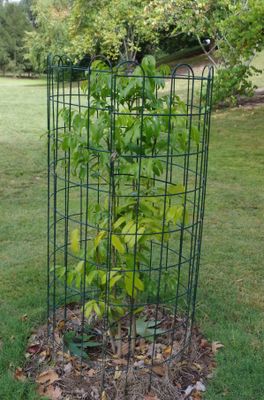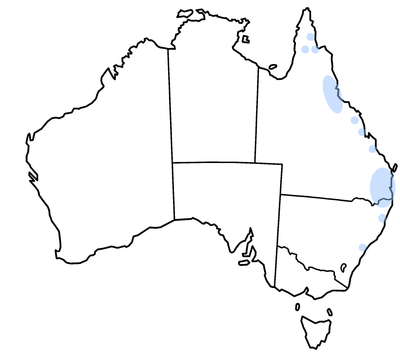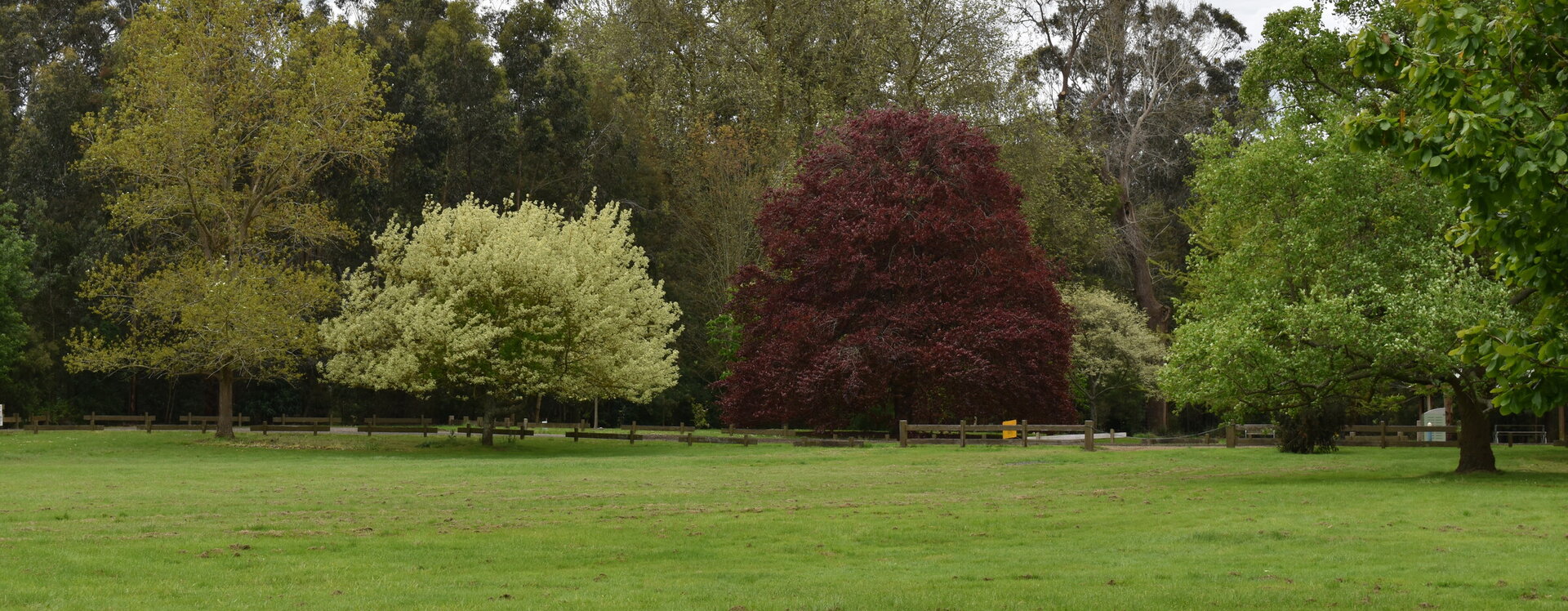

Castanospermum australe
Castanospermum
Castanospermum australe, common name - Moreton Bay chestnut or blackbean, is the only species in the genus Castanospermum. It is a flowering plant in the family Fabaceae, native to the east coast of Australia in Queensland and New South Wales, and to the Pacific islands of Vanuatu, New Caledonia, and the island of New Britain (Papua New Guinea). It is a large evergreen tree growing to 40 metres. The leaves are 15 cm long and 6–7 cm broad, pinnate, with 11-15 leaflets. The flowers are bicoloured red and yellow, each 3–4 cm, produced in racemes 6 cm long. The fruit is a cylindrical pod12–20 cm long and 4–6 cm in diameter, the interior divided into one to five
cells, each of which contains a large seed.
The 1889 book 'The Useful Native Plants of Australia' records the common names of Castanospermum australe as 'Moreton Bay Chestnut' and 'Bean tree' and notes that it was called 'Irtalie' by Aboriginal people of the Richmond and Clarence Rivers (New South Wales) and 'Bogum' by others of Northern New South Wales. Due to its importance as a food, the blackbean tree was a seasonal gathering point for Aboriginal peoples, and this acted as a catalyst for ceremonies. The bark fibre has been used for fish and animal traps, nets and
baskets, and the empty seed pods have been used as toy boats. Planted in 2004.
43.00 Location B6 Latitude; -38.401794940000 Longitude; 146.053122480000

